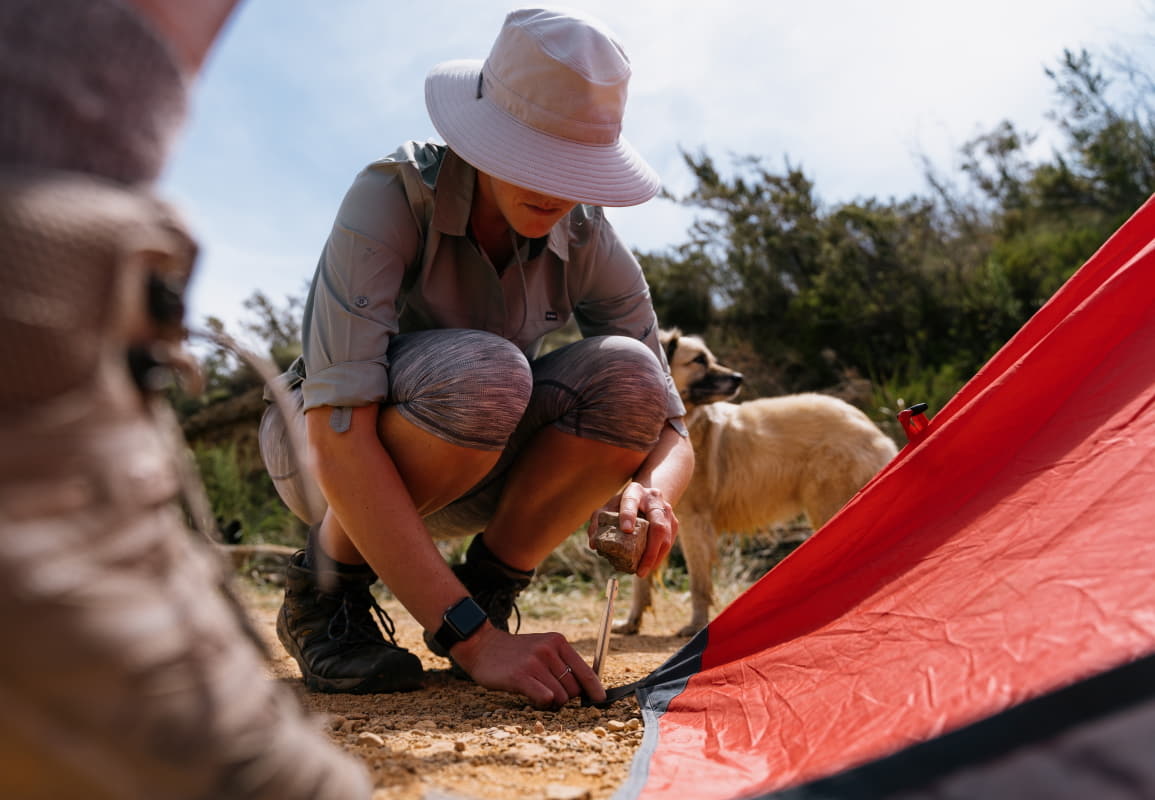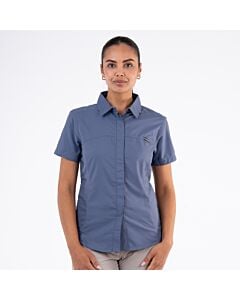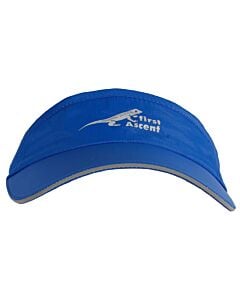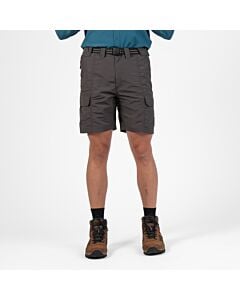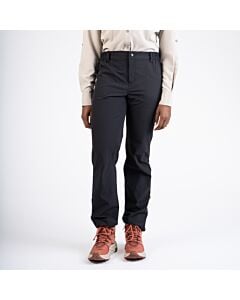UPF Sun Protection Guide
We know you love an outdoor adventure but one of the great joys of being outdoors is basking in the warm glow of the sun (or melting) when climbing mountains, hitting the trails, or running the road. Sunlight includes rays of ultraviolet (UV) radiation, and too much exposure can cause a bad sunburn which can potentially lead to premature skin aging as well as skin cancer.
We have made it our priority to provide our customers with quality garments that will protect them against the elements of the great outdoors. This is why we use UPF+ technology in certain clothing items, to ensure that you are protected against the sun's harmful radiation. UPF (Ultraviolet Protection Factor) is a rating system that measures the UV protection that fabric provides. It works in a similar way to the rating system used for sunblock.
Firstly, what’s the difference between UPF and SPF?
UPF applies to textiles, while SPF—or sun protection factor—applies to sunscreen.
SPF (Sun protection factor) measures the amount of time it takes for sun-exposed skin to redden (burn), once sunscreen has been applied. As an example, if you take 10 minutes for your skin to turn red from sun exposure, an SPF15 rating theoretically allows you to stay in the sun 15 times longer i.e. 150 minutes. This can vary depending on your type of activity, amount of sweating, and if you go swimming after applying sunscreen.
UPF (Ultraviolet Protection Factor) refers to the amount of UVA and UVB radiation that the protective fabric is blocking out. Clothing with a high UPF rating (50+) will provide excellent protection to areas of covered skin from the sun's harmful UV rays.
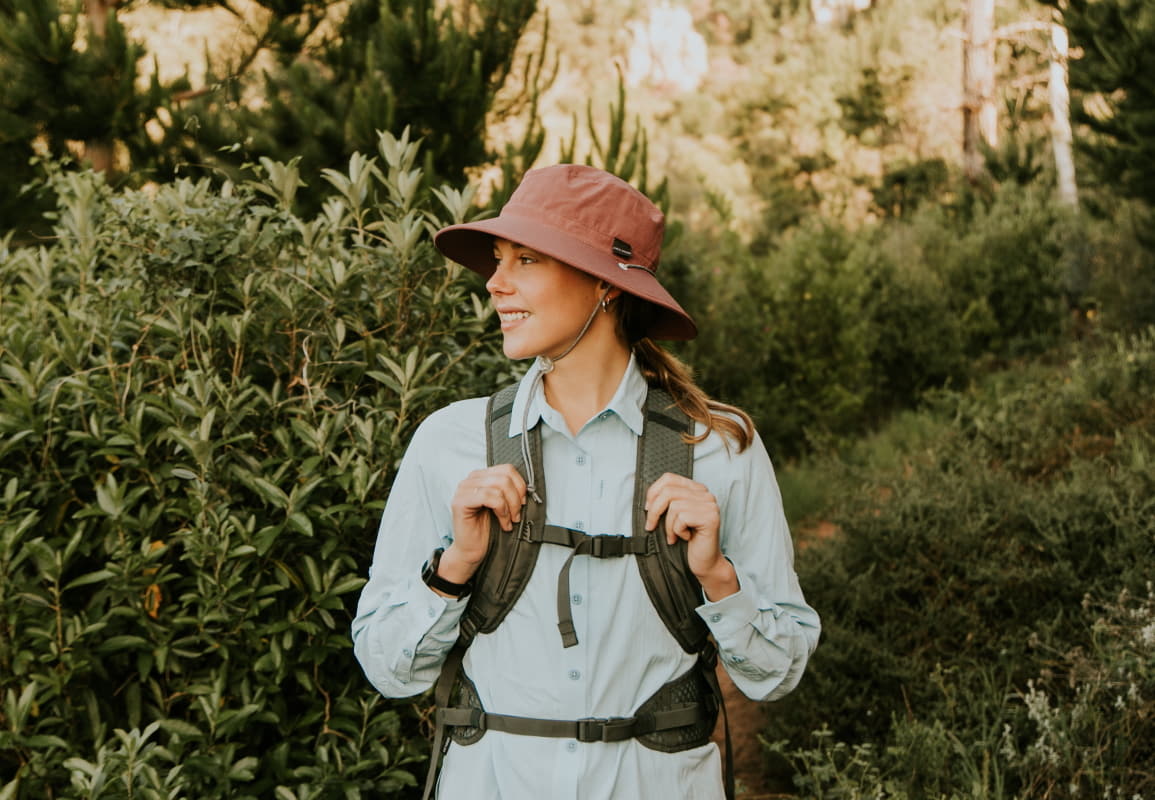
What is a good UPF Rating?
UPF Rating | Protection Category | % UV Radiation Blocked |
|---|---|---|
UPF 15-24 | Good | 93.3-95.9 |
UPF 25-39 | Very Good | 96.0-97.4 |
UPF 40-50+ | Excellent | 97.5-98+ |
50+ UPF rating is the highest UPF rating you can get. The rating is obtained only when the fabric is not being stretched or wet (unless it’s a swimsuit). The UPF rating indicates that only 2% of the sun's harmful UVA and UVB rays are allowed through the fabric and then absorbed by your skin, whereas the other 98% are emitted or absorbed by the protective fabric. What this means is that the fabric blocks 98% of the UV radiation from getting to your skin and therefore increasing the amount of time your skin can be exposed to the sun.
NB: It is important to note that although UPF50+ will provide excellent protection for your skin against UV radiation, this only occurs where the fabric covers your skin and it is still advisable to apply SPF50 (or higher) sunscreen to any exposed areas of your skin.
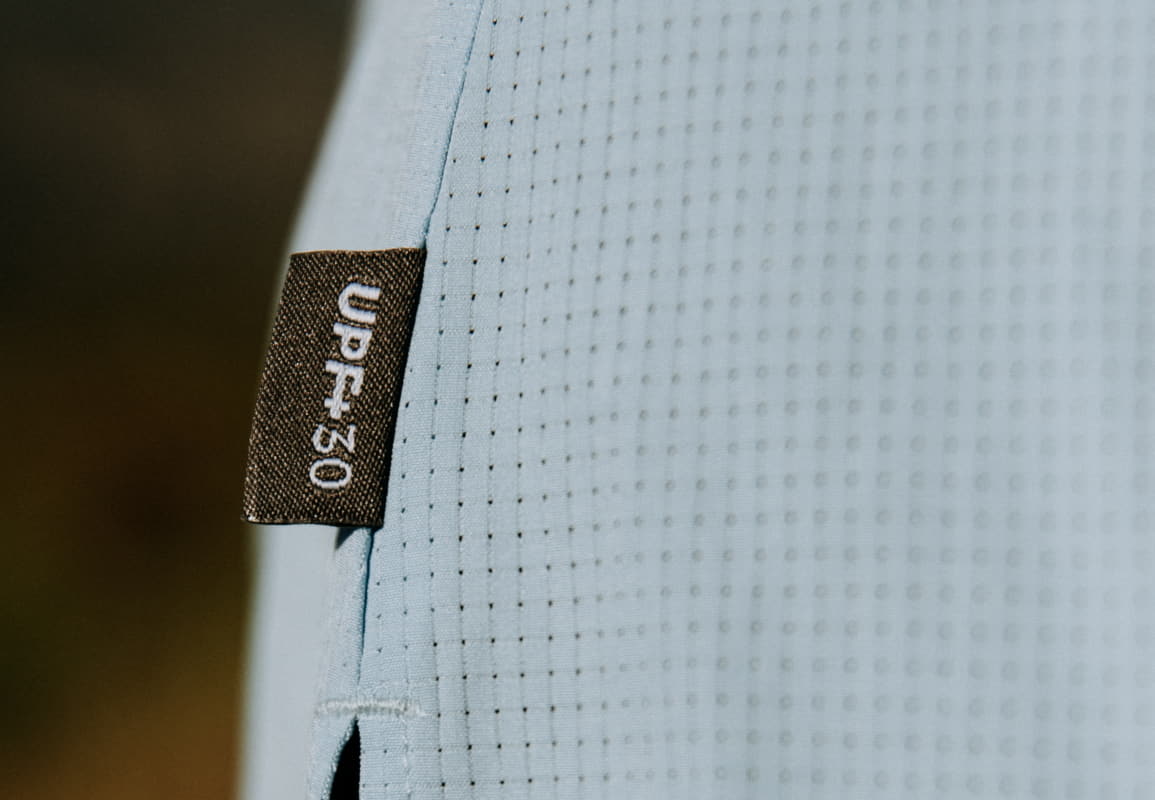
What makes one product have a higher UPF rating compared to another?
The fabric construction, fibres, density, weave, and colour all affect the UPF rating of garments.
- Darker fabrics usually provide more UV protection than lighter ones. Darker colours also absorb more rays overall, including the UV rays.
- Denser weaves provide more UV protection than looser weaves.
- Polyester and nylon offer more sun protection than natural fibers
We have various UPF cross-category products to ensure that our customers are protected from harmful UV rays.
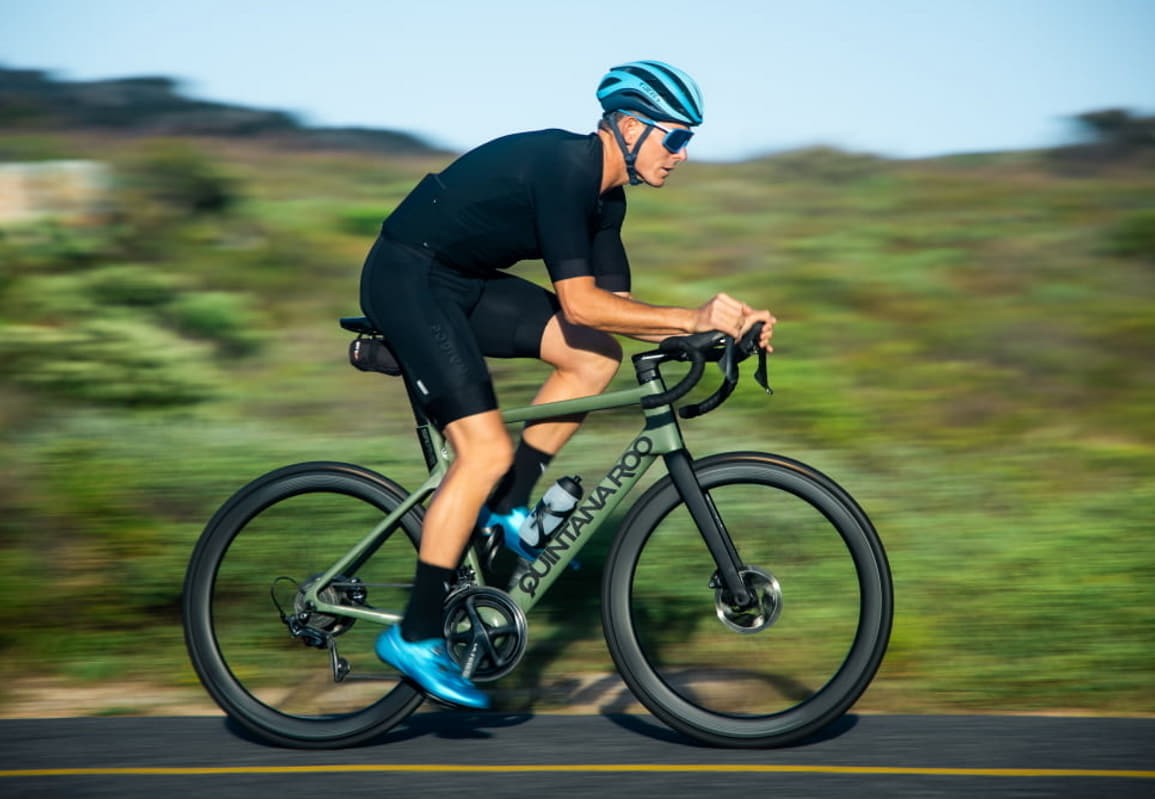
Ensuring you have UPF-rated is important when spending time outdoors and in the sun, but total UV protection requires a multifaceted approach
Here are 3 more preventive measures you can take:
- Sun cream
Apply sun cream to all exposed areas of your body. When purchasing sunscreen, it is important to look for the following features:
- SPF or higher
- Contains zinc oxide, titanium oxide or both
- A cream rather than a spray (cream provides better coverage)
- Water-resistant
- Sunglasses
Wear a slick pair of sunglasses that offer 100% UV-ray protection
- Exposure time
Monitor, or limit, the amount you expose yourself to UV radiation.
Sun protection isn’t just for days when the sun is shining
The filtered sun can also damage your skin, it’s important to protect yourself on cloudy days too.
